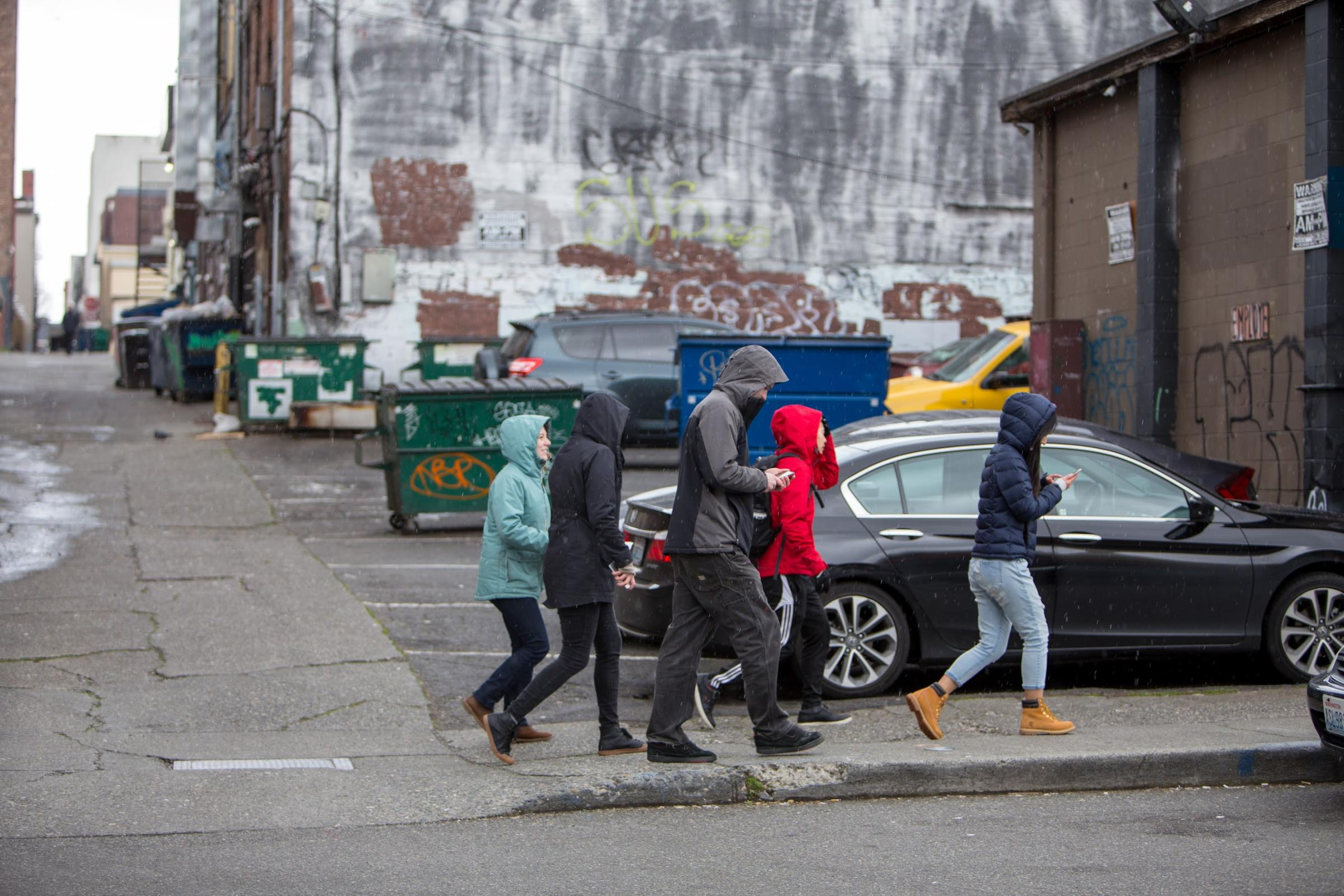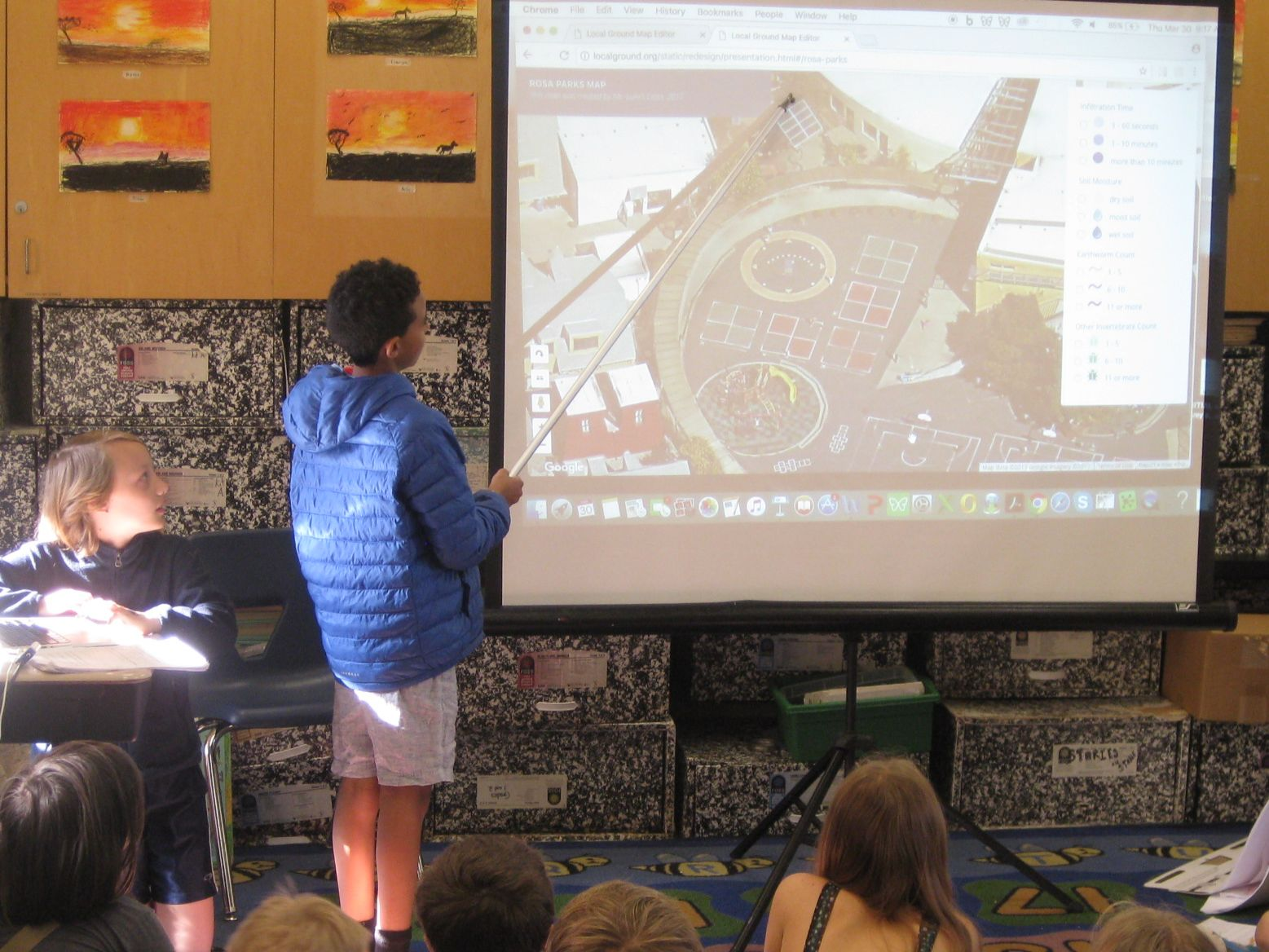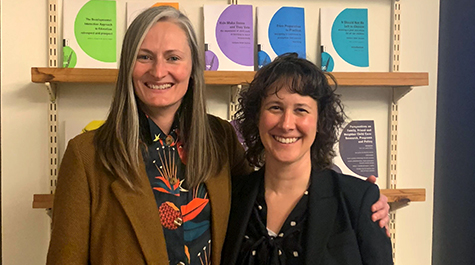Kathryn Lanouette co-edits special issue of the Occasional Paper Series
Bank Street College of Education in New York City has been a leader in progressive education and social justice for over a century. It curates an open-access journal, the Occasional Paper Series, to promote discussion about the meaning of education in democracy and meeting the demands of equity and excellence. The journal's format combines the peer-reviewed philosophy of a research journal and the inviting format of a practitioner journal, featuring a broad array of theoretical perspectives. The latest special issue of the journal, Learning within Socio-Political Landscapes: (Re) imagining Children’s Geographies, was co-edited by William & Mary assistant professor Kathryn Lanouette and Katie Headrick Taylor, associate professor at the University of Washington.
This special issue places children’s present contexts, mappings and movements, and concerns about
injustices at the center of teaching and learning as they relate to our democracy and the planet. It features a multimedia StoryMap introduction written by Lanouette and Taylor and created in collaboration with W&M’s Center for Geospatial Analysis. Its seven articles are grounded in mapping, social justice and innovative teaching approaches written by teachers, educators, researchers, and research-practitioners. The collection of articles aims to help readers consider how education can be used to teach about caring for the world and the people and places within it, especially those most vulnerable. Through a robust presence of multimedia tools, including videos, sketches, and colorful figures, the articles come to life.
Since her years studying at Bank Street College and the University of California Berkeley, Lanouette has become a leader in researching how students use place-based spatial technologies to learn. Her dissertation, “Earthworms, Ecological Reasoning, and Participatory GIS Mapping: Design-Based Research on Children’s Developing Understanding of Life Underfoot at their Elementary School,” focused on students’ use of various maps, charts, and tools to learn about their environment and  neighborhoods. Building from her dissertation research, Lanouette received a seed grant from the School of Education to study more broadly how STEM education and digital mapping can support equitable and ambitious learning opportunities connected to children’s everyday lives. In addition to a literature review of K-8 place-based education and emerging mapping technology, the grant is financing pilot studies on using data-spatial technologies and pedagogies to support learning about climate change and climate justice at local and regional levels.
neighborhoods. Building from her dissertation research, Lanouette received a seed grant from the School of Education to study more broadly how STEM education and digital mapping can support equitable and ambitious learning opportunities connected to children’s everyday lives. In addition to a literature review of K-8 place-based education and emerging mapping technology, the grant is financing pilot studies on using data-spatial technologies and pedagogies to support learning about climate change and climate justice at local and regional levels.
With her prominence in the field and connection to Bank Street College, Lanouette used the special issue journal to both advance the research and share her data analysis. Lanouette links back to her coursework at Bank Street, where she learned about the theories of its founder, Lucy Sprague Mitchell, to include understanding place and space and social justice issues. “In this special issue, we seek to extend and broaden Mitchell’s original  conceptualizations in three ways. First, by centering the past and future alongside the immediacies of the now. Second, by elevating Black, Indigenous, and People of Color (BIPOC) perspectives in children’s geographies. Third, by exploring potentialities of mapping in analog as well as emerging digital formats,” shares Lanouette.
conceptualizations in three ways. First, by centering the past and future alongside the immediacies of the now. Second, by elevating Black, Indigenous, and People of Color (BIPOC) perspectives in children’s geographies. Third, by exploring potentialities of mapping in analog as well as emerging digital formats,” shares Lanouette.
With global access and readership, the special issue journal is having an international impact. Lanouette comments, “We hope readers feel hopeful about what young people and adults can accomplish together, coming away inspired by what becomes possible when young peoples’ expertise, questions,
and insights are the starting point for teaching and learning. We hope readers take away a dynamic appreciation of place-based education, specifically attending to history, power, and possibility.”
To read the special issue in full, Learning within Socio-Political Landscapes: (Re) imagining Children’s Geographies, click here. And if you would like to visit the interactive StoryMap introduction, click here.
